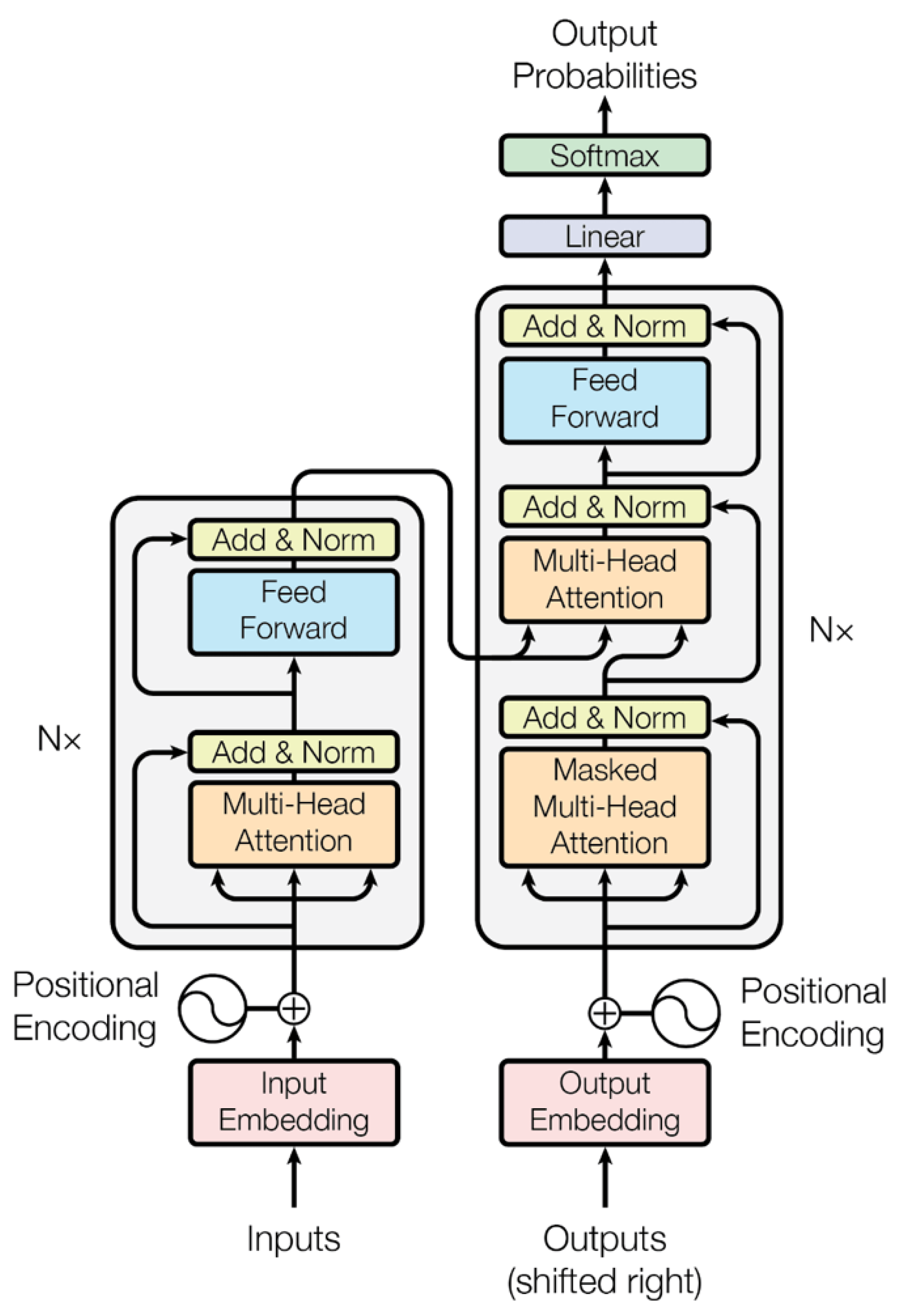Reshaping Downstream Marketing: Digital Strategies for Oil Products
In an era where digital renovation has become the norm across industries, the oil and gas sector is no exception. The downstream segment of the industry, encircling refining, distribution, and marketing of oil products is undergoing a significant shift propelled by digital strategies. As consumer behaviors evolve and environmental consciousness rises, oil product marketing has become accustomed to catering to changing demands.
The Digital Disruption
Traditional oil product marketing methods, often dependent on physical retail outlets and traditional advertising, are undergoing a digital makeover. Consumers are progressively turning to online platforms to research, purchase, and engage with products and services. The oil and gas industry is identifying this shift and leveraging digital strategies to maintain relevance and efficiency in the modern marketplace.
Targeted Marketing through Data Analytics
Digital strategies empower companies to gather and analyze vast amounts of data about consumer behavior, preferences, and trends. This data-driven approach allows marketers to create targeted campaigns that resonate with specific audiences. For example, by analyzing consumer data, a company can modify its marketing efforts to promote cleaner, more sustainable products to environmentally conscious consumers.
Communication of Sustainability Efforts
In an age where environmental awareness is growing, consumers are more and more interested in the sustainability efforts of the products they purchase. Digital platforms offer a means to communicate these efforts effectively. Companies can use websites, social media, and other online channels to showcase their commitment to sustainability, from eco-friendly production approaches to reduced carbon footprints. Such transparency resonates with consumers who value ethical and environmentally accountable choices.
Personalized Consumer Engagement
Digital strategies allow for personalized consumer engagement that goes beyond one-size-fits-all marketing approaches. Through data analysis, companies can understand individual preferences and behaviors, enabling them to offer personalized product recommendations and promotions. This personalized approach enhances the consumer experience, fostering loyalty and long-term relationships.

E-Commerce and Direct-to-Consumer Channels
The rise of e-commerce and direct-to-consumer channels has transformed the way products are bought and sold. In the oil and gas industry, this means that consumers can now purchase oil products online and have them delivered directly to their doorstep. This convenience aligns with modern consumer expectations and offers companies a chance to expand their reach beyond traditional retail outlets.
Real-Time Data Analytics for Demand Forecasting
Digital strategies also enable real-time data analytics, a game-changer for demand foretelling. By analyzing data from online sales, website visits, and social media engagement, companies can precisely predict consumer demand and adjust their supply chain accordingly. This minimizes supply chain inefficiencies, reduces wastage, and ensures products are available when and where they are needed.
Challenges and Adaptation
While the benefits of digital strategies in downstream marketing are obvious, challenges do exist. Embracing digital transformation requires an understanding of the swiftly evolving technological landscape, potential cybersecurity risks, and the need for skilled personnel. Additionally, there may be resistance from traditionalists who are accustomed to conservative marketing methods.
The Road Ahead: Embracing the Digital Frontier
As the oil and gas industry embraces digital strategies for downstream marketing, an obligation to innovation is paramount. Companies must invest in technology, training, and infrastructure to remain competitive in the digital landscape. Collaboration between marketing experts, data analysts, and technology professionals is crucial to guarantee a seamless and effective transition.

Conclusion: Navigating the Digital Wave
The digital wave sweeping through the oil and gas industry’s downstream marketing is not merely a trend; it’s a necessity. The shift towards digital strategies is driven by evolving consumer behaviors, environmental consciousness, and the demand for custom-made experiences. The ability to communicate sustainability efforts transparently and offer convenient e-commerce solutions is redesigning the way oil products are marketed and distributed.
In navigating this digital wave, companies must be agile, adaptive, and willing to embrace change. As the industry continues to evolve, the integration of digital strategies into downstream marketing will become a crucial factor in a company’s success. Those who effectively leverage technology to connect with consumers, communicate their values, and optimize supply chains will be the leaders in this new era of oil product marketing.








